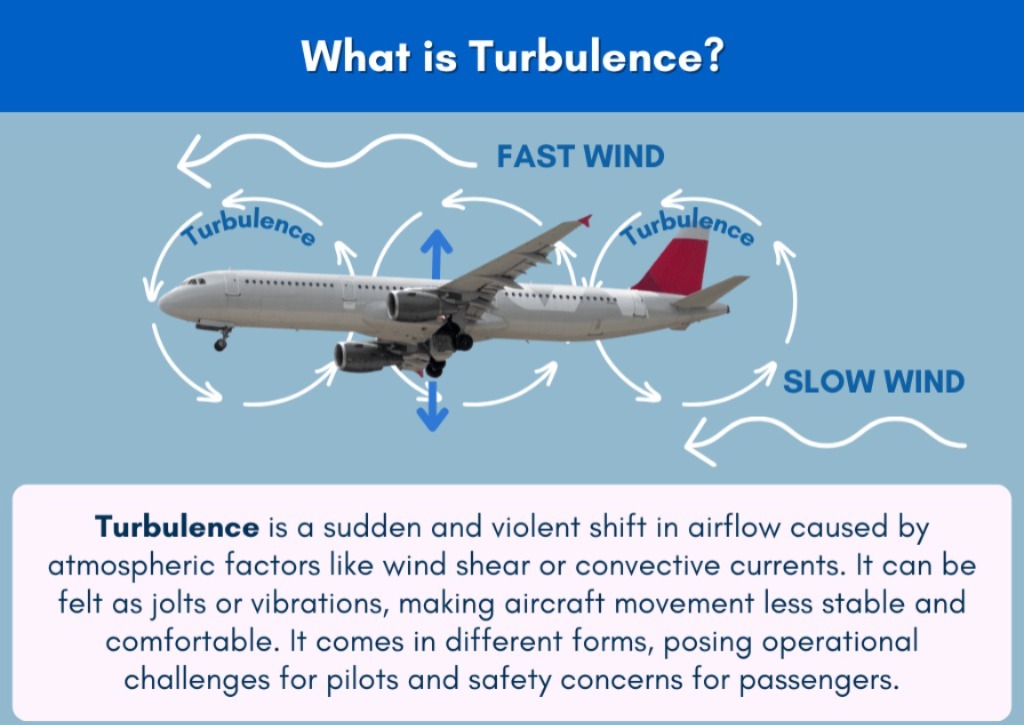Turbulence in Flight Journey
June 05,2025

Turbulence is a common concern for many air travellers, but how much do we really know about it? Let’s dive into the facts and dispel some myths.
What is Turbulence?
Turbulence is a complex phenomenon caused by changes in air pressure and wind speed. It can be triggered by various factors, including:
– Weather patterns: Thunderstorms, wind shear, and jet streams can all contribute to turbulence.
– Airplane design: Planes are built to withstand turbulence, but it’s still important for passengers to follow safety guidelines.
The Safety Record
While turbulence can be uncomfortable, it’s rarely a safety concern. In fact:
– Turbulence-related crashes are extremely rare: There are only a handful of cases where turbulence has contributed to a plane crash.
– Planes are designed to withstand turbulence: Modern aircraft are built to flex and absorb turbulence, ensuring the safety of passengers and crew.

The Human Factor
Despite the safety record, turbulence can still be unsettling. Here’s what you need to know:
– Fear of turbulence is common: Many passengers worry about turbulence, but it’s essential to remember that planes are designed to withstand it.
– Pilots and crew are trained to handle turbulence: Flight crews take turbulence seriously and will take steps to minimise its impact on passengers.
The Science Behind Turbulence
Turbulence is a complex phenomenon, but understanding the science behind it can help alleviate concerns:
– Wind shear and jet streams: Changes in wind speed and direction can cause turbulence.
– Thunderstorms and weather patterns: Turbulence can be triggered by various weather conditions.
Tips for Dealing with Turbulence
If you’re anxious about turbulence, here are some tips to help you cope:
– Stay informed: Understand what turbulence is and how planes are designed to withstand it.
– Follow safety guidelines: Keep your seatbelt fastened and follow crew instructions.
– Breathing exercises and relaxation techniques: Deep breathing, meditation, or progressive muscle relaxation can help calm your nerves.
Conclusion
Turbulence might be uncomfortable, but it’s a normal part of flying.
By understanding the facts and taking steps to stay safe, you can minimise its impact on your travel experience.